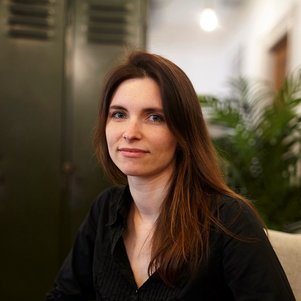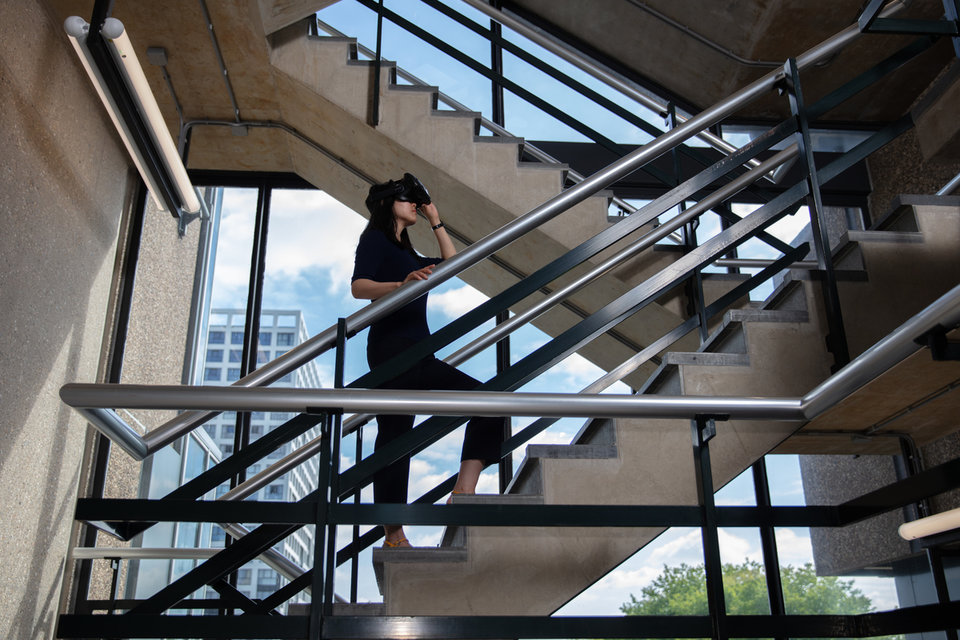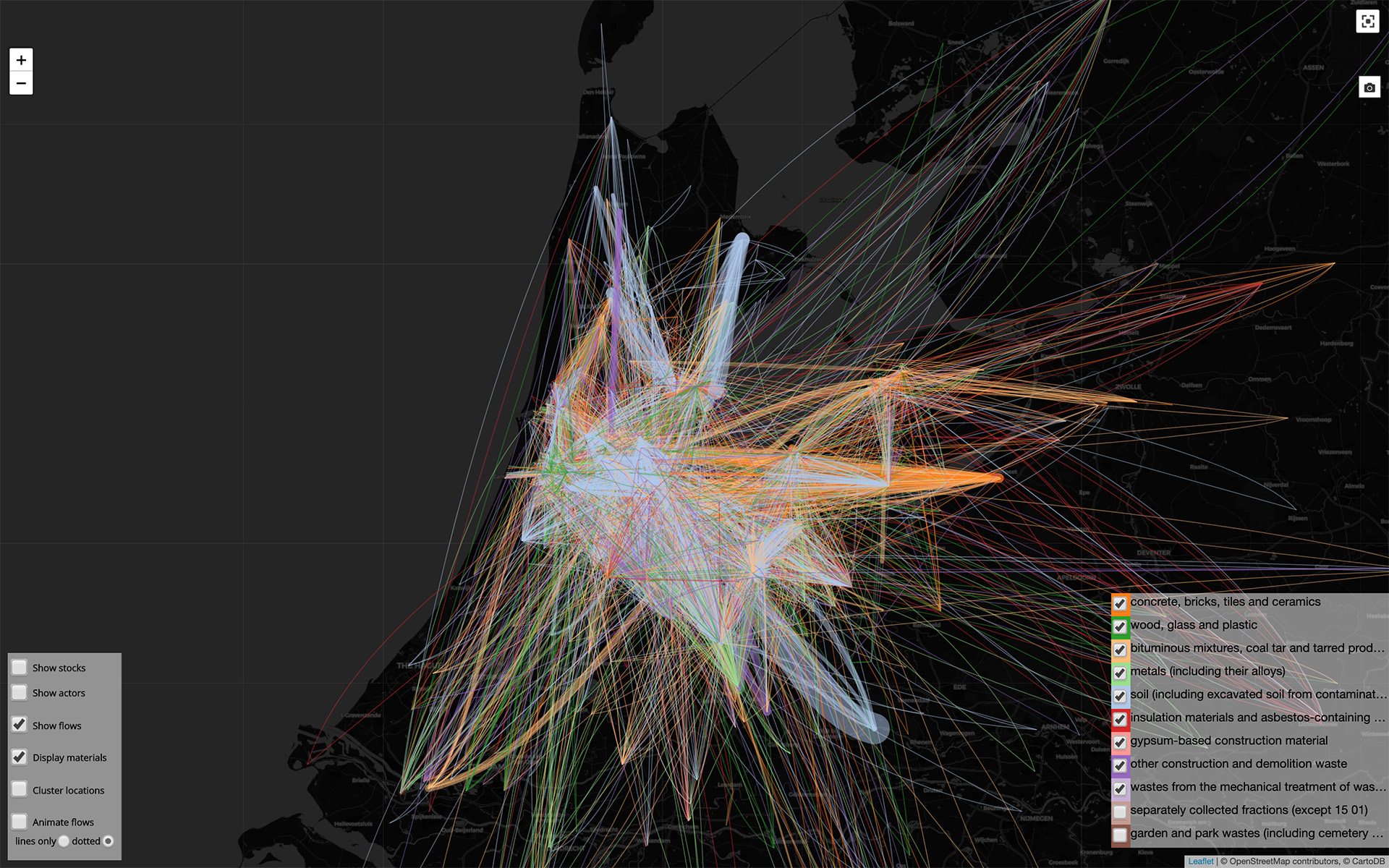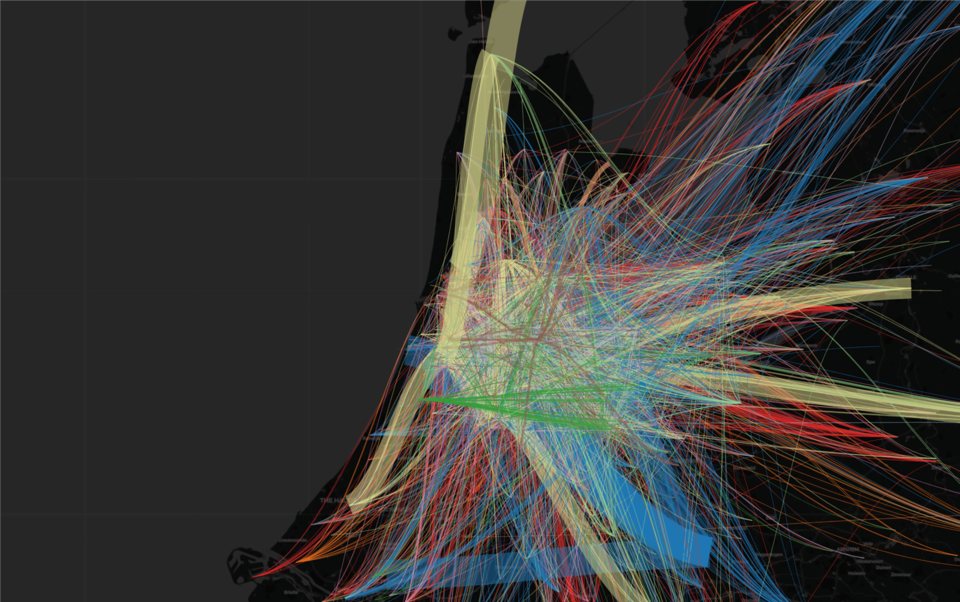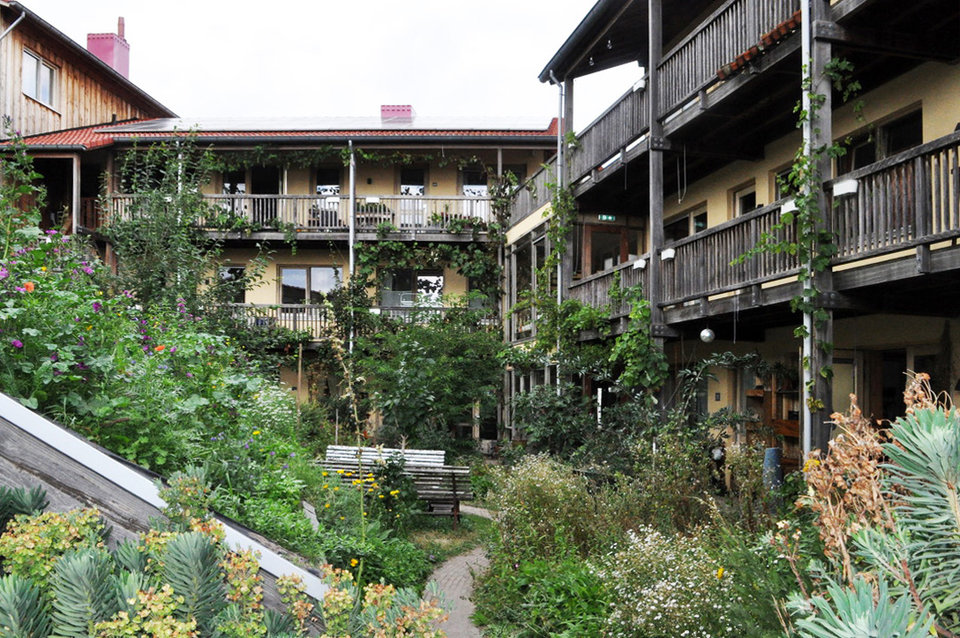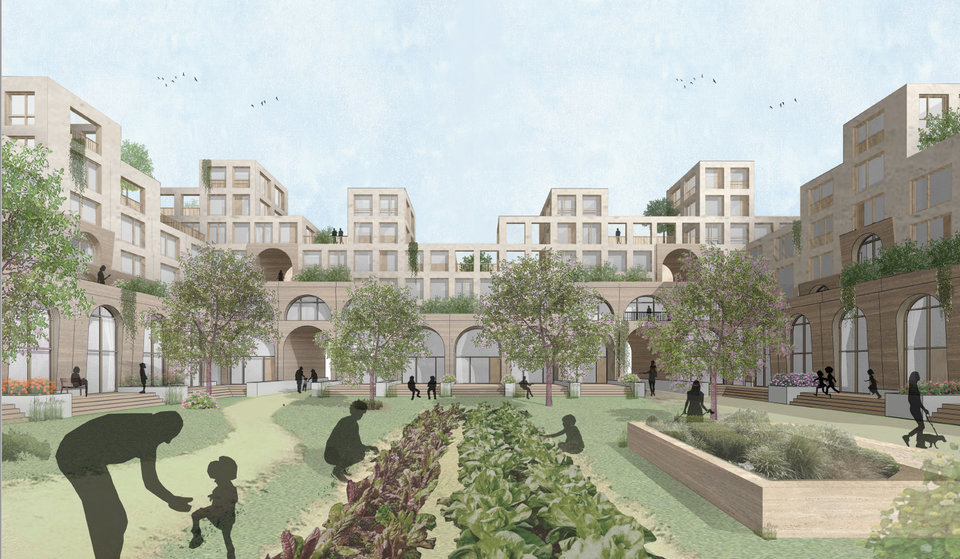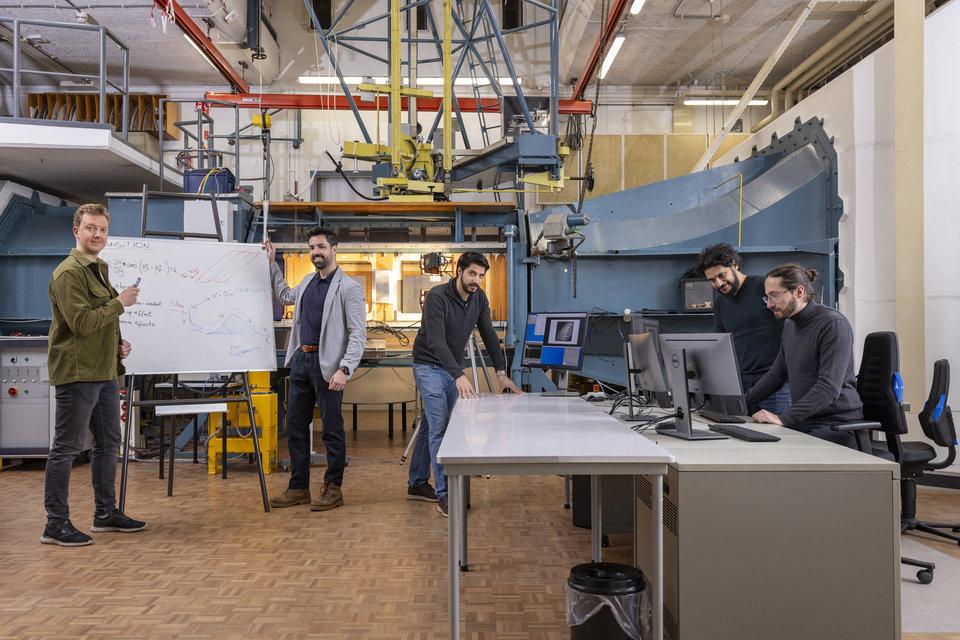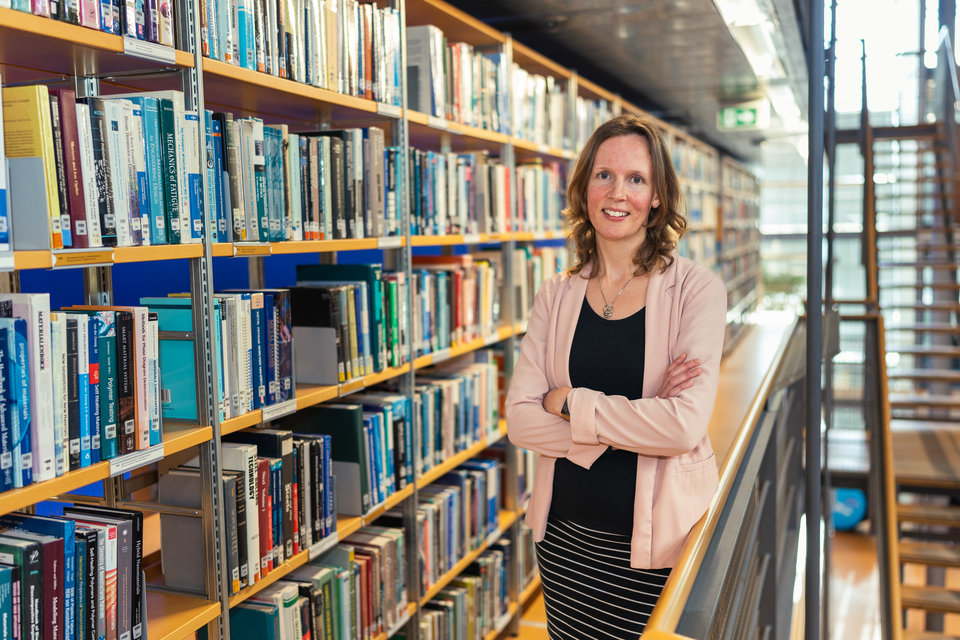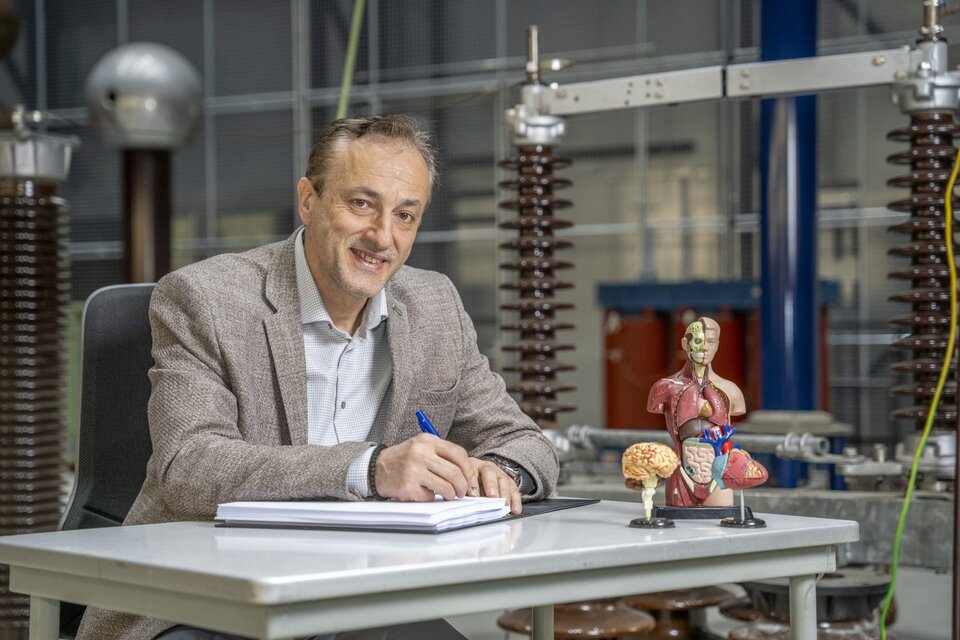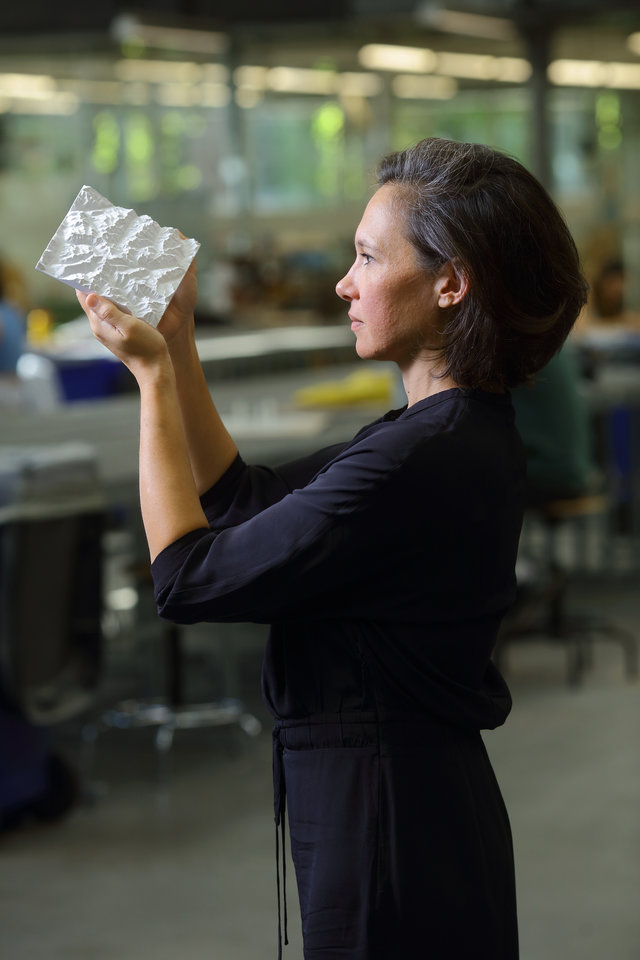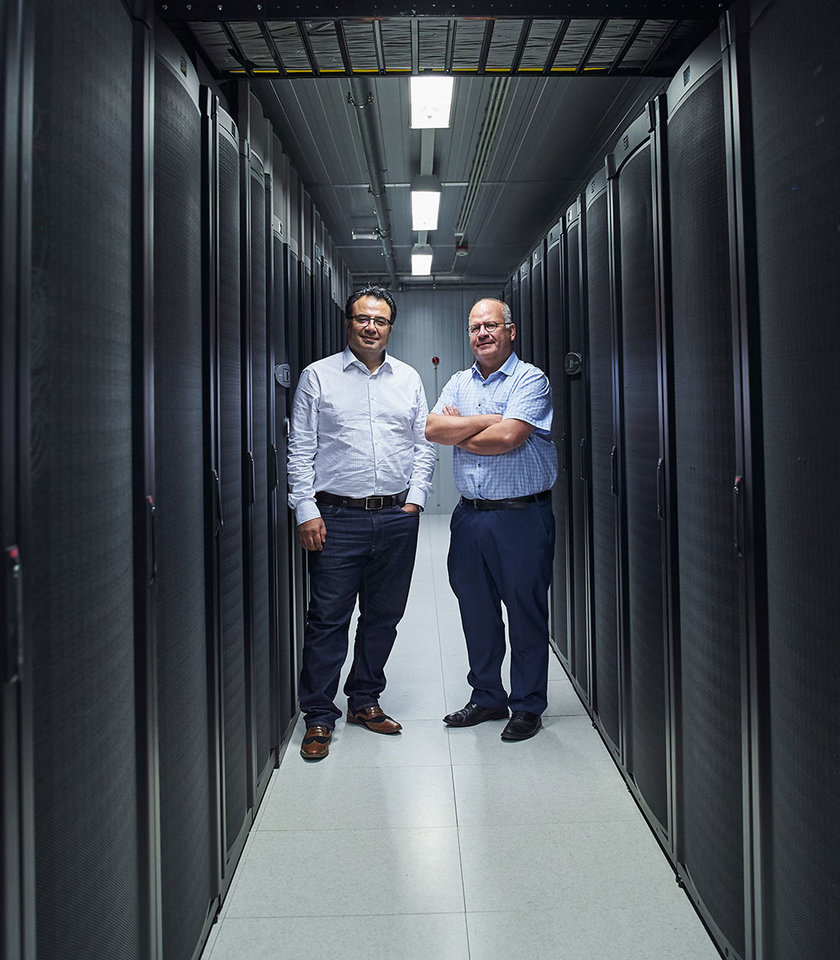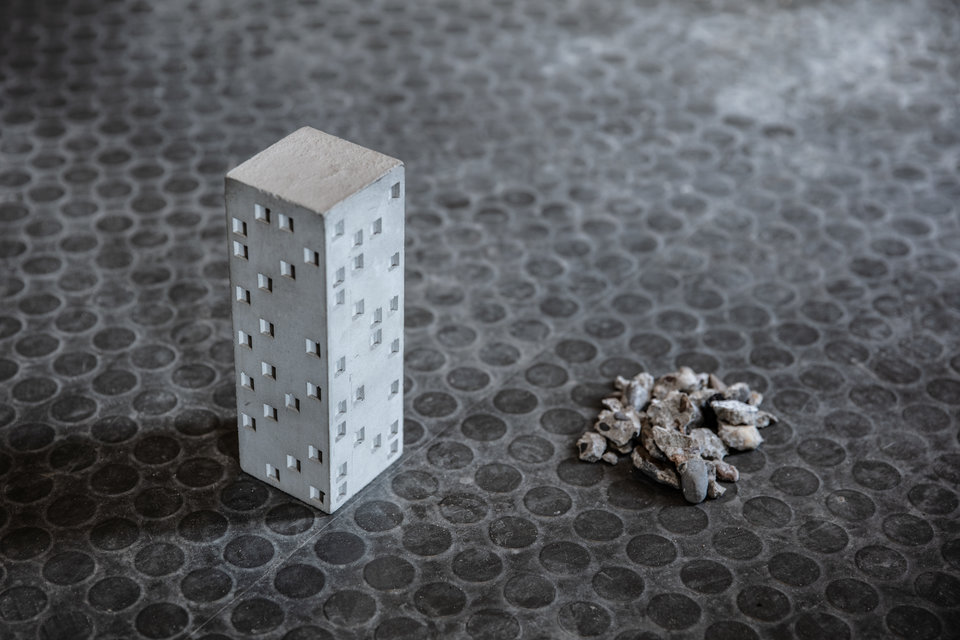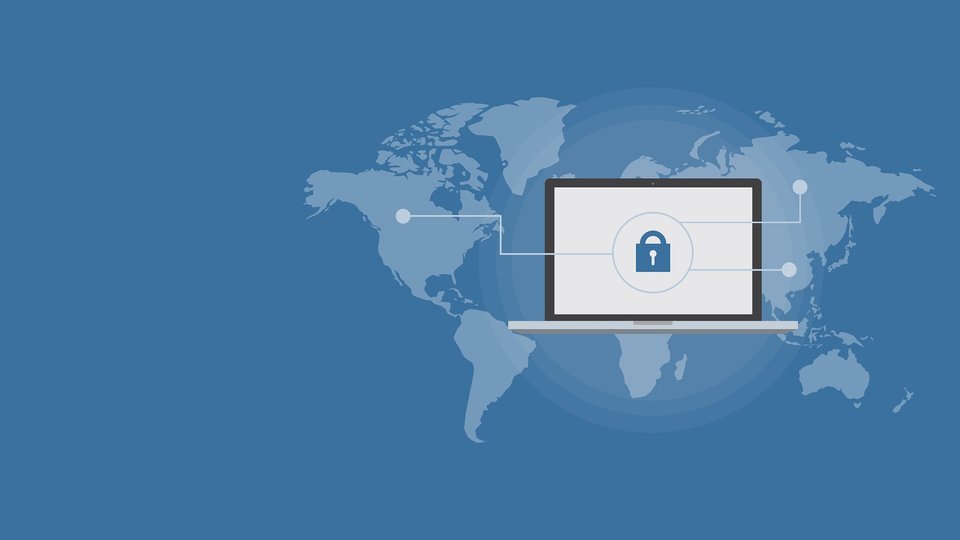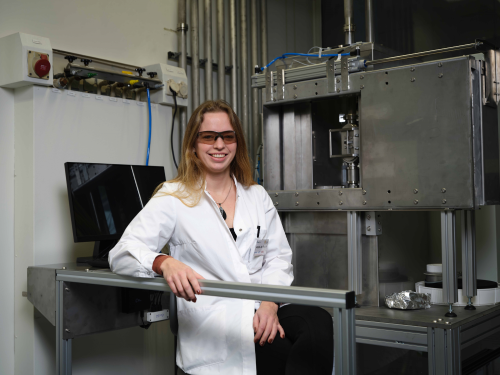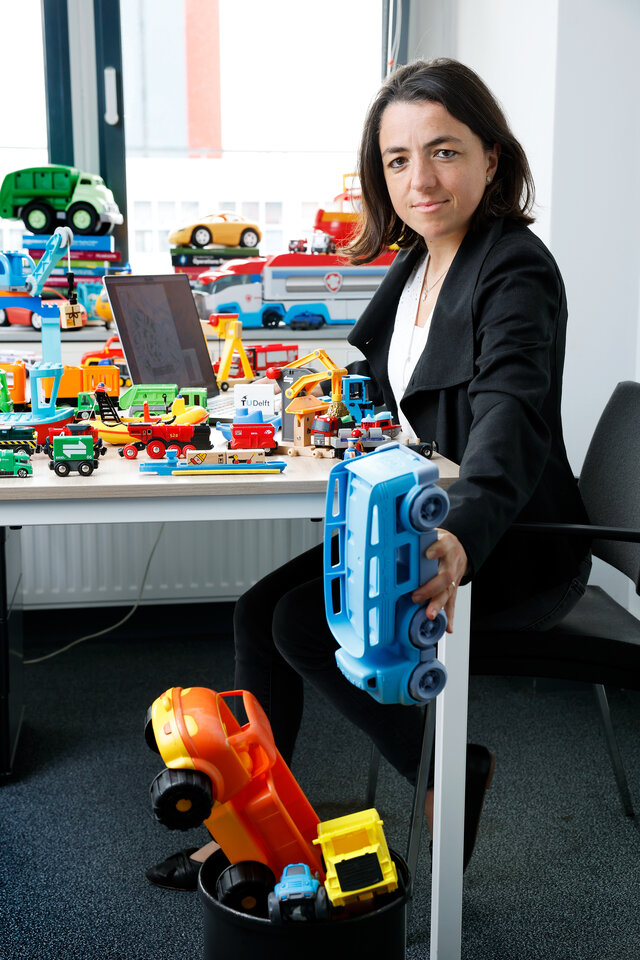To make visible where industrial waste ends up. That was the challenge for PhD student Rusnė Šilerytė. This waste can often be reused, but that happens far too little. “Data are available; however, these should be looked at from a different perspective”, says recent PhD graduate Rusnė Šilerytė .
Until recently, governments and companies in many western countries were not really interested in turning industrial waste disposal into reuse materials as long as this disposal had no environmental consequences. “However, scarcity of basic materials, partly caused by the COVID-19 pandemic, now brings the urgency of reuse to the fore”, notes Šilerytė, now a specialist on the subject of industry waste flows. According to her, we should focus on materials we need instead of simply extending the lifetime of any waste.
Taking a different look at waste
In order to prevent waste from being produced in the first place, governments find themselves in need of circular economy monitors. A lot of waste transport and disposal data are being collected in great detail, as long as this waste doesn’t cross the border. Waste is thus a well-regulated topic, at least in EU countries. “But this is explicitly undertaken to register the harm this waste causes and to prevent environmental pollution. Now that we are making the transition to a circular economy, we also need to look at waste that is not labelled as harmful as it has the potential to re-integrate into our economy. You can make this transition using the present data collection process including new information.”
As about half of all industrial waste is construction waste, this sector is a potentially large contributor to a circular economy. “Take concrete waste, which is mostly being used as road foundations. While this solves the problem of its disposal, it is not a circular solution as the road will also eventually become waste and then you cannot make anything better out of it. Data collection should therefore also include the quality of concrete. It should be clear whether or not it is fit for reusing it for its primary function. It’s just a matter of including reuse options in the mandatory waste administration forms that are already in use. I am convinced that a lot of concrete and other construction materials can be prevented from being downgraded to rubble.”
Interactive waste transport flow maps
The result of Šilerytė’s research is the ability of waste mapping. Using all the registrations at her disposal, she managed to produce national waste transport flows on interactive maps. “Many flows that you and I are not aware of suddenly became visible. Waste turns out to be transported intensively around the country from one waste contractor to another. This is how the market works and there is no directing mechanism to prevent it. It also became clear that major construction works like the latest metro line in Amsterdam have a ripple effect on waste production as they trigger new activities nearby that also produce more waste.”
Web application
Šilerytė put her developed mapping techniques into practice. During her PhD studies, she founded a company with a fellow PhD student and developed a web application to find out what waste is being produced, where it goes and what the options of this waste are. Now she supports governments and companies in reusing their waste in a more sustainable way. “Some companies were looking for better alternatives than incineration for their high-quality wood waste . Based on our waste maps, we have found a window frame producer in the area who could use that wood for its production. This proves that algorithms based on waste data can help determine the best possible destination.”
This story is published: February 2023
More information
Rusnė Šilerytė obtained her doctorate for her research ‘Geographies of Waste: Significance, Semantics & Statistics in pursuit of a Circular Economy’ on 19 January 2023. This research was part of the EU H2020 project ‘Resource Management in Peri-urban Areas: Going Beyond Urban Metabolism’.
